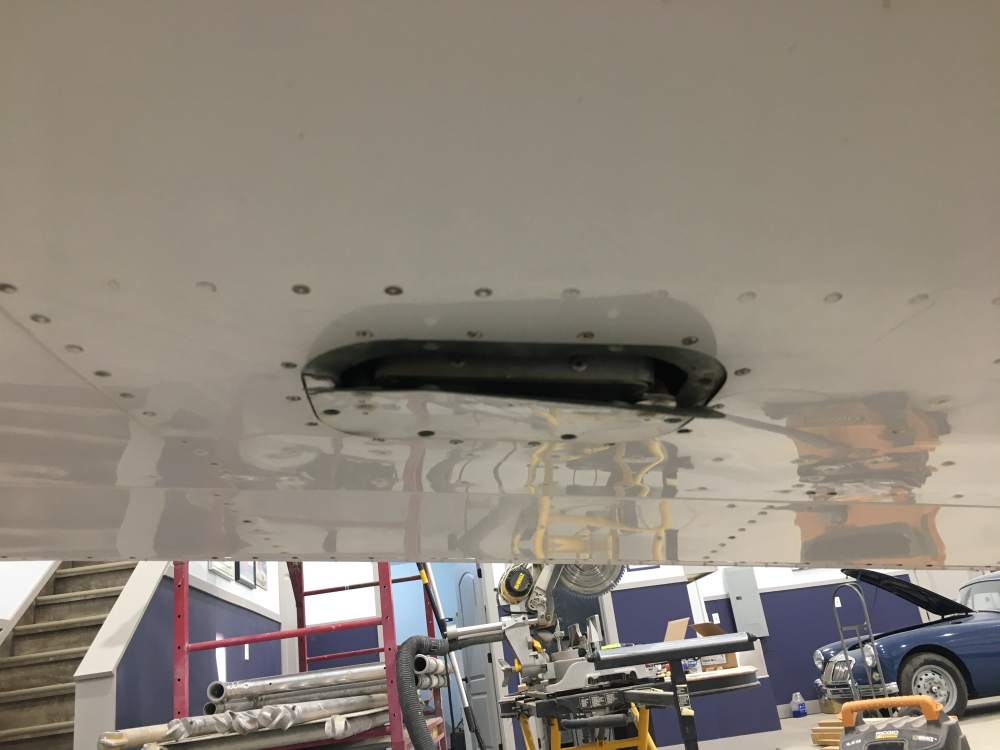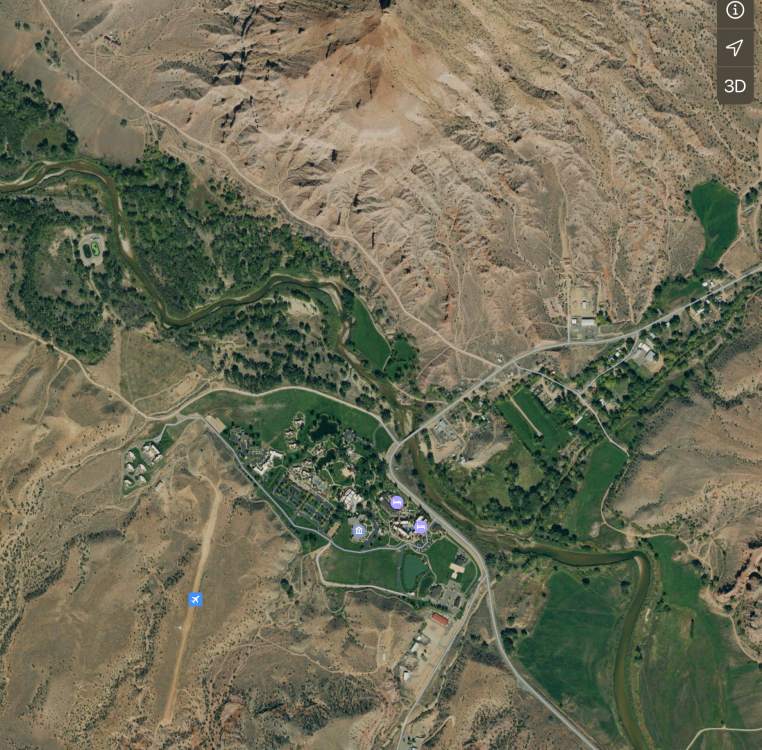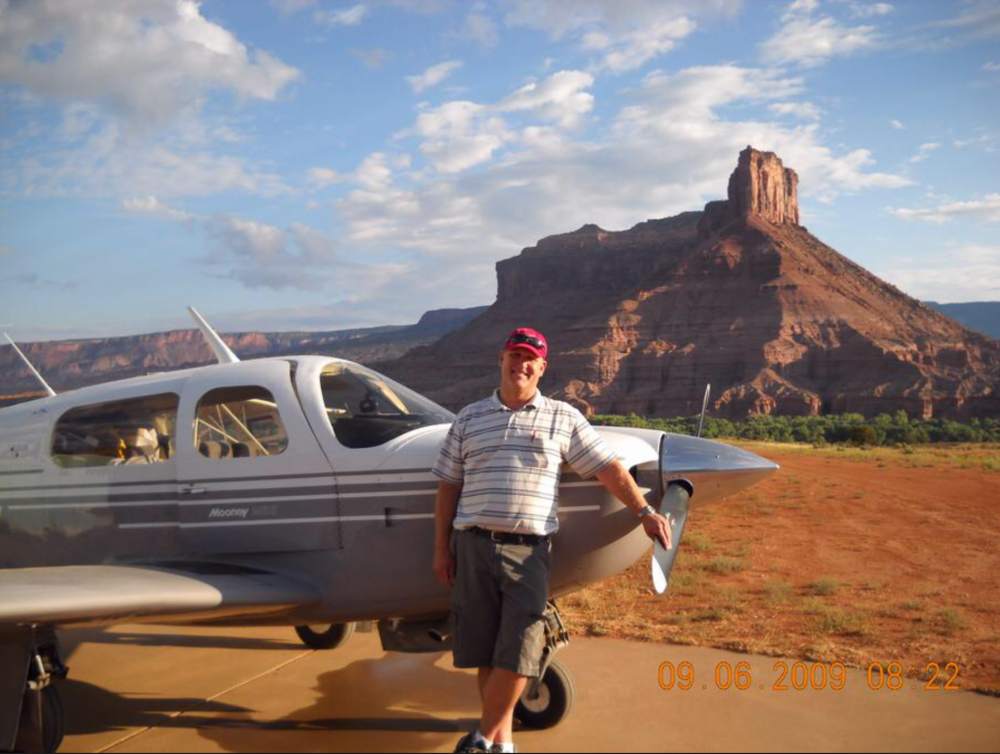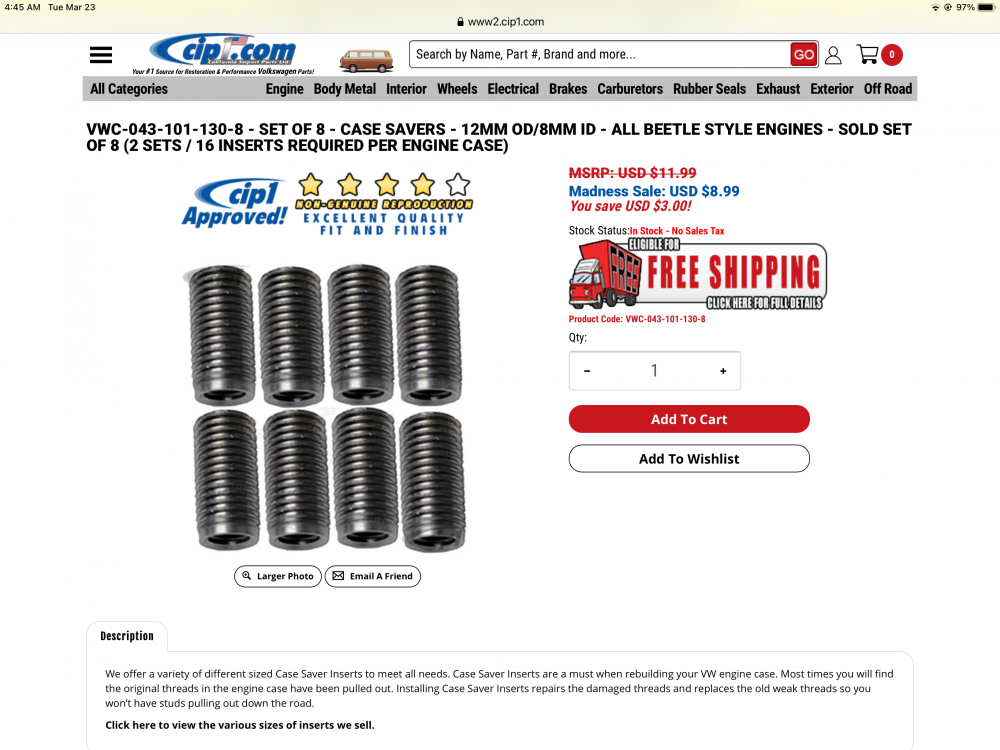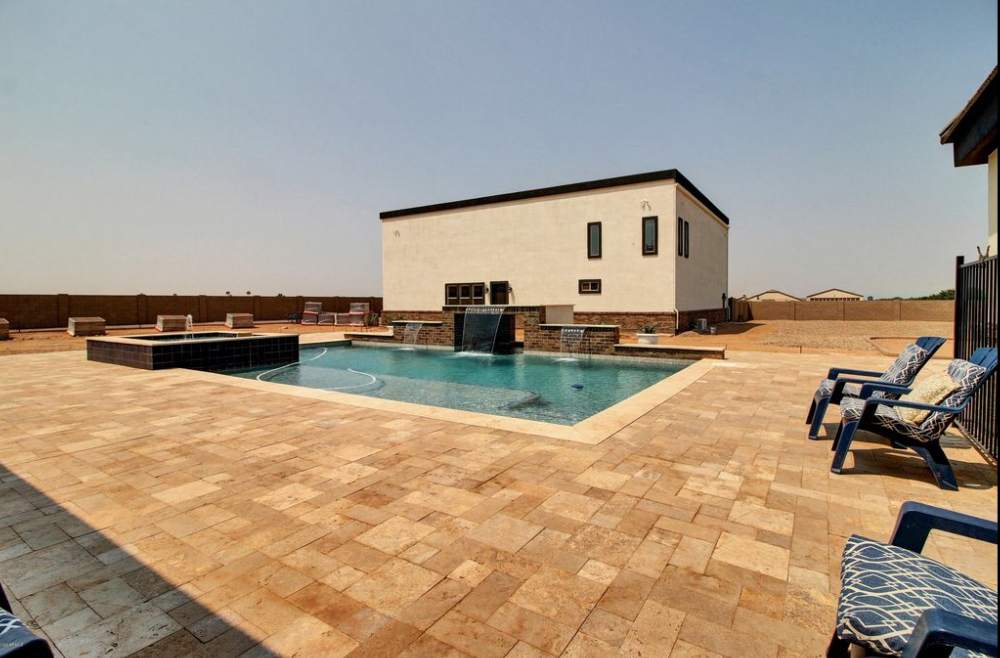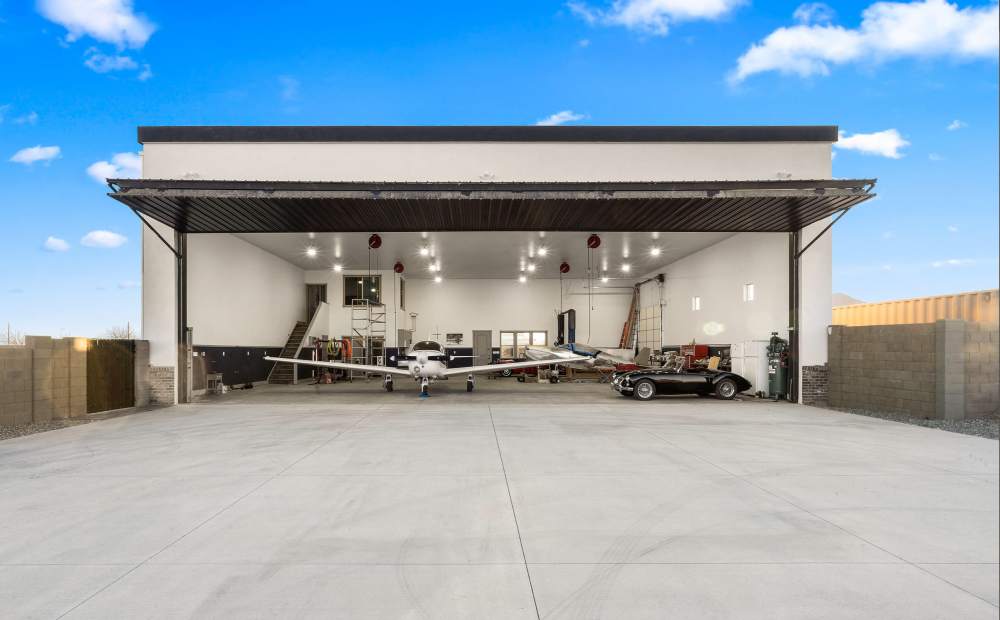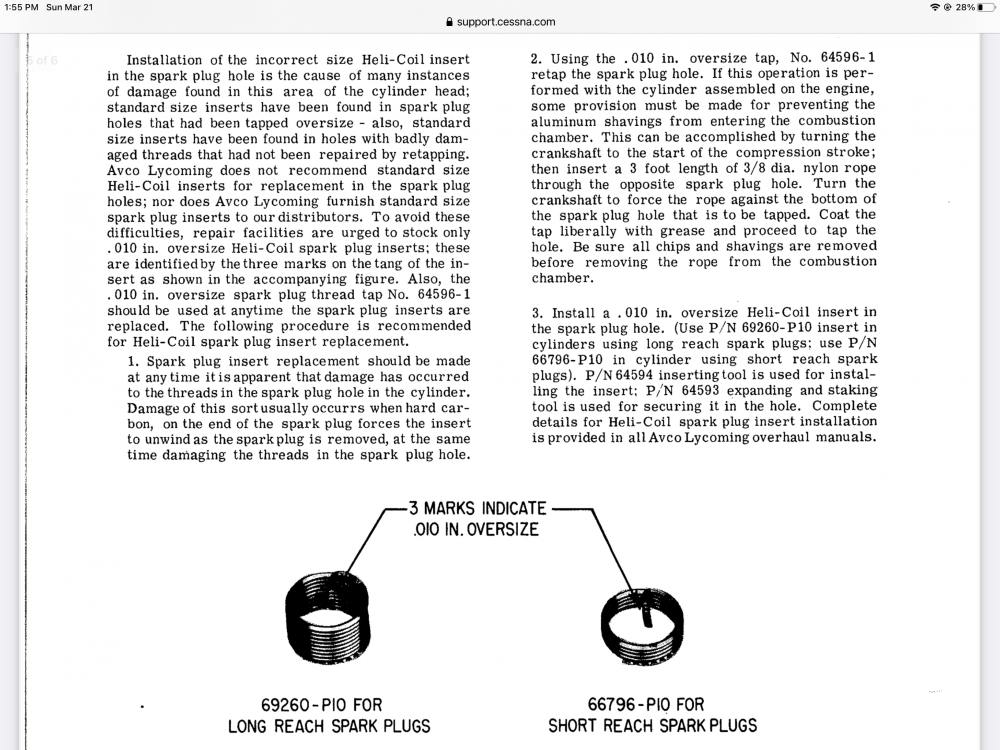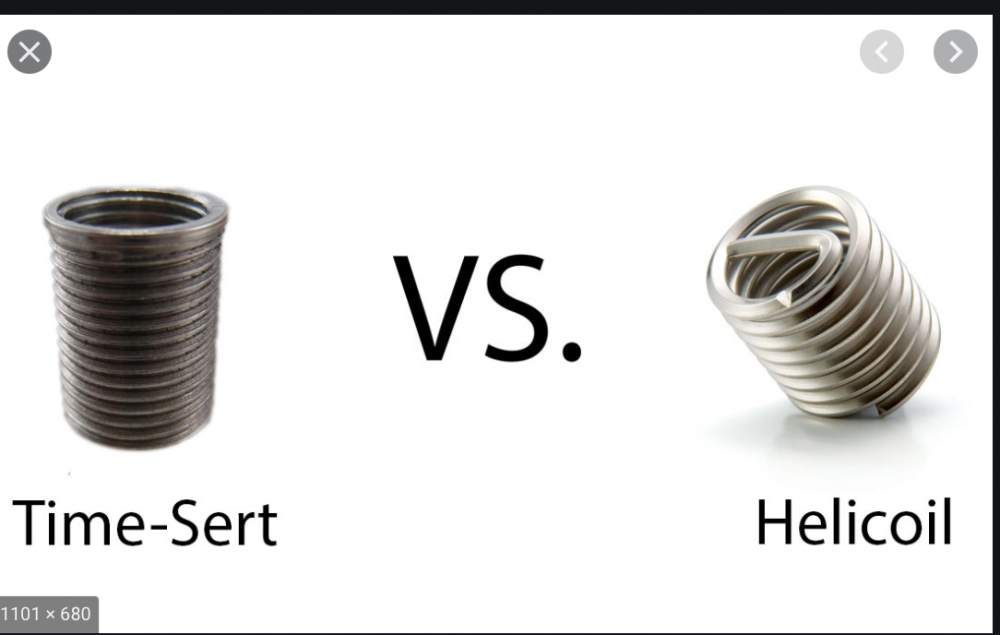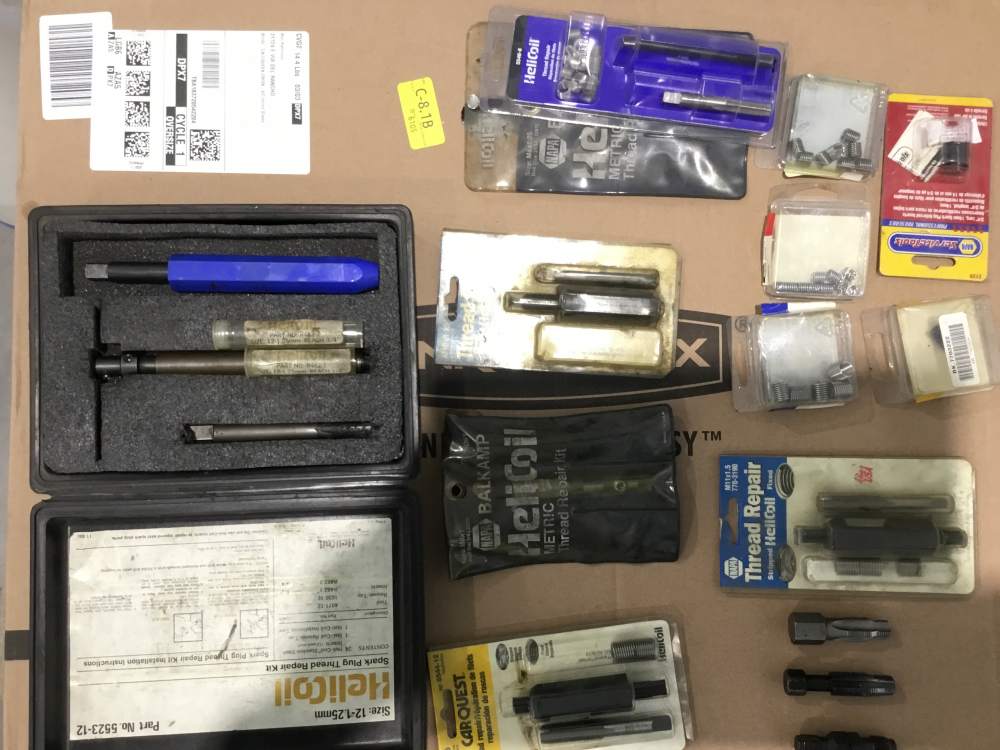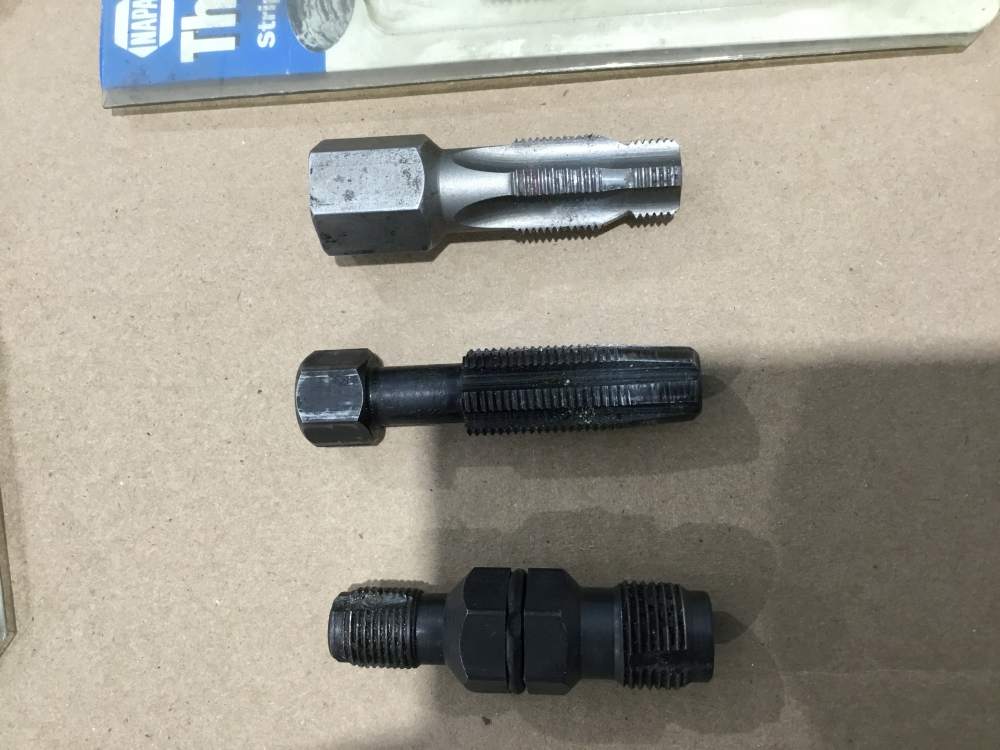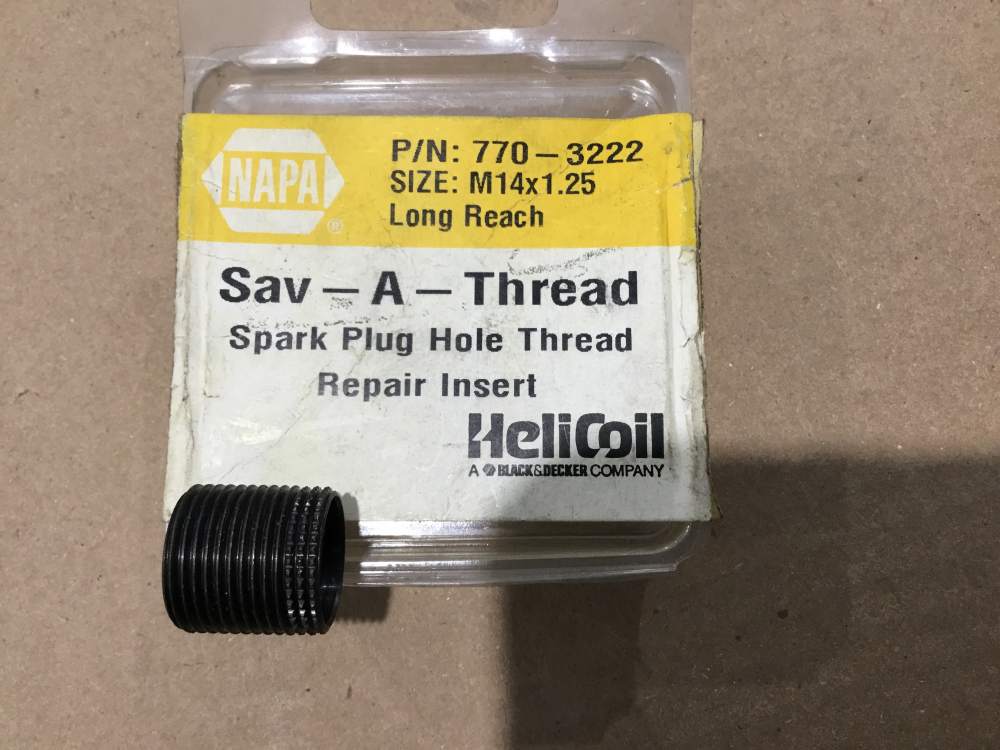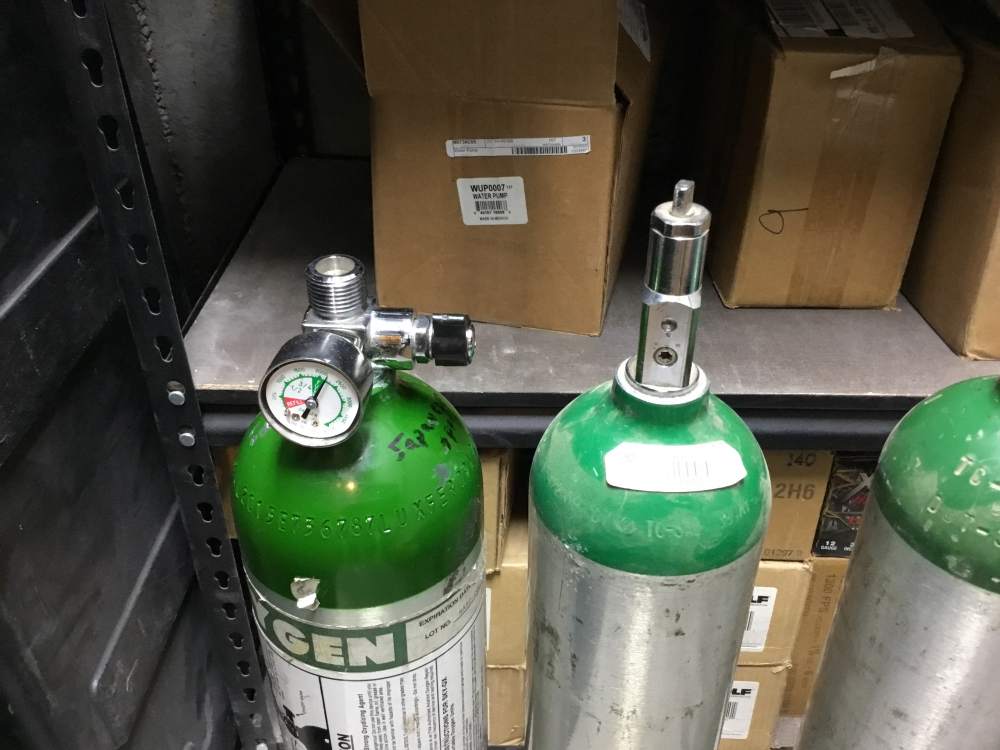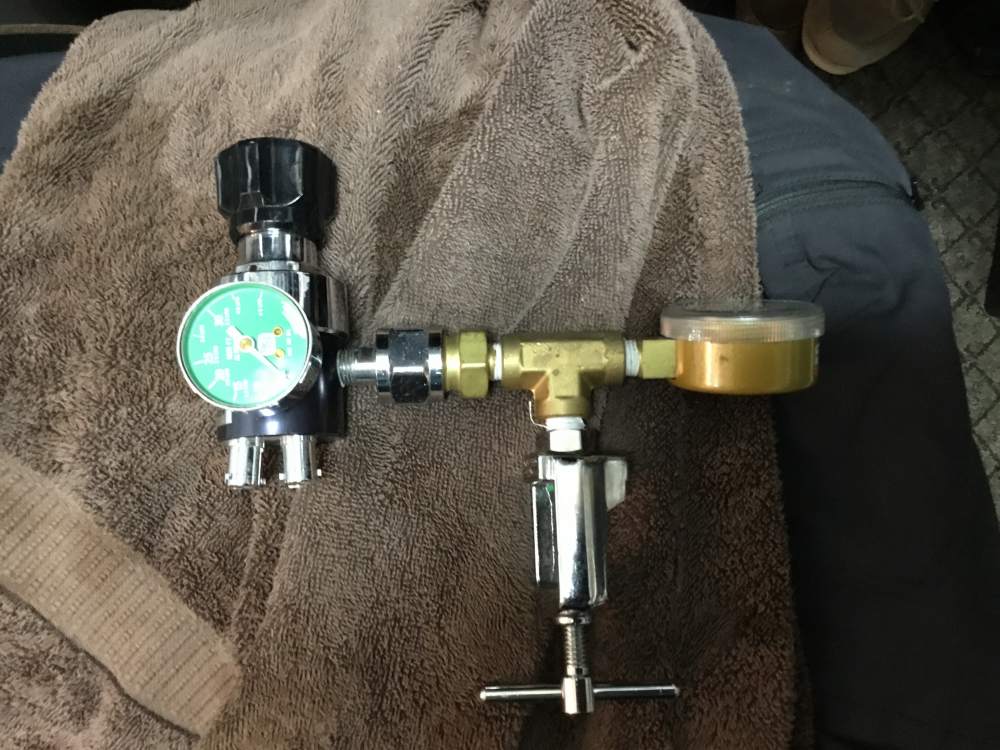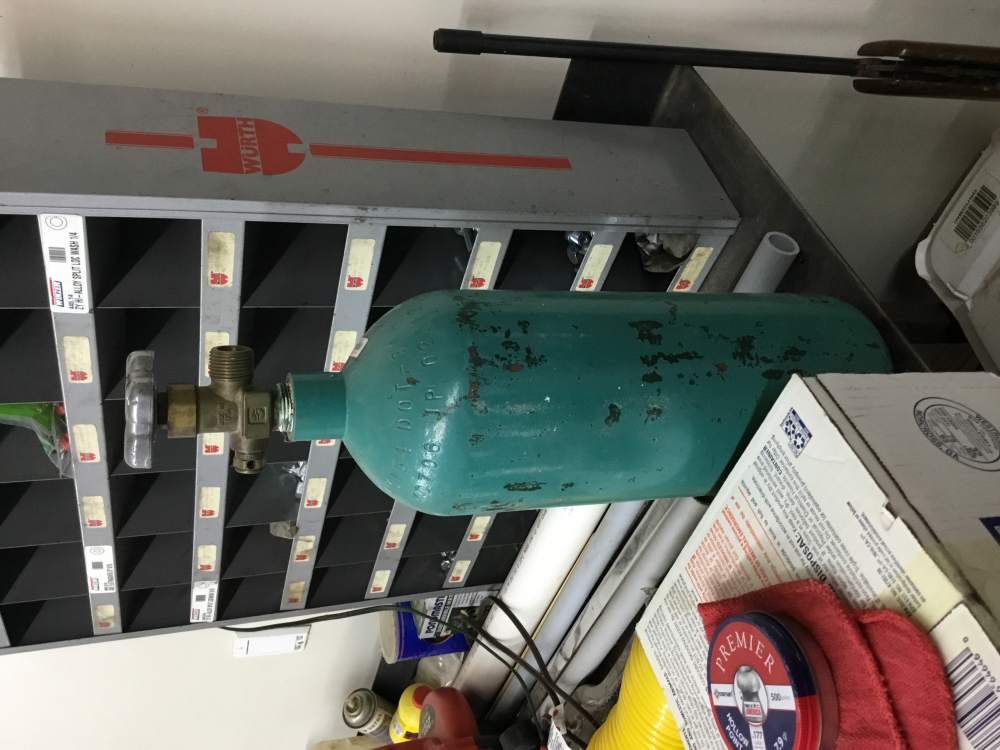-
Posts
1,004 -
Joined
-
Last visited
-
Days Won
4
Content Type
Profiles
Forums
Blogs
Gallery
Downloads
Media Demo
Events
Everything posted by RJBrown
-
The Rocket is the ultimate Mooney. Converted my 231 in 94 and put over 1000 trouble free hours on it. Original cost to convert was $60,000 in 1992. All the engine management issues of the 231 disappeared with the conversion. Open cowl flaps are a must for maximum climb. Stays cool all the way up. The entire power unit, engine with turbo and prop were taken directly from Cessna twins TSIO520NB including the full feathering prop. motor mount and exhaust were the two big changes as noted above. Engine mount tied into the fuselage in 8 places unlike the Stock 4 of every factory Mooney. The Rocket I owned through 2004 had a useful of right at 1000# 101 gal of fuel left only 400 for passengers. two standard people in front brings balance to front edge. The more you load it the better it gets. You cannot get out of balance to the rear without overloading. 4 standard people 120# in baggage area and the balance in fuel is within the envelope but not the 2900# landing weight. ‘with 310 (305) horsepower it has better power to weight than any other Mooney. The engine was slowed down by 25rpm to get the 305 number. Because a 310 Rocket sounds like a Cessna. TLS/Bravo 270 hp Acclaim 280 hp. More power, lighter weight and smaller fuselage with less parasitic drag equals better climb and higher speed. Faster at every fuel flow. Rockets numbers are “real” They are the result of real test flights in real conditions. Acclaims numbers come from the sales department. just like 201, 231 and 252. Only faster Mooney was the Liquid Rocket with the 350hp Voyager engine. Highest I had mine, 4 times, was 26,000’ each time was under 2800#. It was still climbing at 1500fpm. long range tanks and speed brakes are a must. 200kts @ 20gph @ 12,000’ faster higher. 238@ 24,000’ All Rich of peak. I owned it before Gami/LOP was a thing. If money were no object I would start with the lowest airframe time Rocket I could find and equip it the way I wanted.
-
Certification costs and legal liability costs have killed new planes. There is no need for million dollar singles. There is a large market for $250,000 singles. An airplane is much simpler than a car. Nothing from Garmin is more complicated than a new I-phone. it is amazing that 60 year old airplanes that were certified for comparatively no cost are still flying. ‘Certification “should” help produce safe new products. Certification in reality just guarantees old tech at crazy prices. Another comparison. A 70s airplane cost 10 times what a basic car cost. Today’s basic car has a lot more stuff that in the 70s. Today’s plane at 10 times a basic car is still that $250,000 plane. Lawyers are not your friends in or out of government.
-
I assume the screws were loose or partially forgotten by a prior service person. My friend just bought it last December. He did not have a prebuy. Front edge had no screws by the time I saw it. It was bent down and catching air. The owner stores it in my hangar. Since I have permission to fly it he let me know it required left pressure to fly straight.
-
This Mooney required pressure to hold straight. Last cover on the bottom of the right wing caused a pull. I guess it just wasn’t installed properly.
-
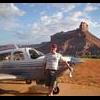
Has anybody taken Mooney to grass strips in Idaho?
RJBrown replied to kajo's topic in General Mooney Talk
Huskys, Cubs, 175s, 180s, Maules and some kitplanes inhabit our Airpark. There is a gravel strip between the runway and the taxiway in front of my hangar for the tundra tire guys. They flyout on weekends in groups as large as 10. Followed a group on the ads-b exchange out to the Santa Theresa mountains and back Sunday. There are two Cub type experimentals with massive nose gears here also. Mooneys are just not made for this type activity. The picture is of me on the dirt strip at Gateway Colorado. Overhead view shows the airport and the museum. A severe uphill/downhill one way strip. It was a fun trip. But, I probably would not do it again. Too little gain compared to the risk. The higher up this runway the rougher it got. Risk of a prop strike would be too high without walking the runway prior to landing. If you look real close there is a taildragger behind me. -
On the 231 based Rocket the cowl flaps were set up so they never quite closed. They were always in trail when closed. They had two positions open and in trail. I always climbed with open flaps. Before leveling off and accelerating I would close them. At higher speed they were hard to close and impossible to open. No more than 1” trail or it would slow you down.
-

Multi-engine instruction...Mission Impossible?
RJBrown replied to BKlott's topic in Miscellaneous Aviation Talk
Two years after getting my IFR I got my MEI in a Piper Aztec. Fun experience. On the check ride, single engine ILS 35R under the hood. Centennial APA Dropped the gear and it didn’t give 3 green. At decision height the examiner said OK you pass. Cycled the gear and did a tower fly by to check if gear down. We then circled and landed on 28. If there was a gear issue they didn’t want us fouling the main runway. -

Was I wrong? Refused to taxi or park on grass at Sun n Fun
RJBrown replied to FloridaMan's topic in General Mooney Talk
Prop strikes are bitch in the Rocket. I went to an air show at BJC in Denver. I trusted the ground crew to keep me safe. Not, they guided me into a hole I could not see. Now the plane was stuck for weeks. My fault my insurance my problem. They were pissy to me because I was still in their way. any trip off the hard surface in a Rocket, shut down then walk and the course. If you accept the risk go for it. If they don’t like it tough. There is a reason the STC requires 10ply rated nose wheel. the one time I took the Rocket to OSH I noticed grass stains on the prop. This was before my experience at BJC. I thought nothing of it. In retrospect I Probably had, by the legal definition anyway, a prop strike that day. like Nancy said “just say no” -
Speed is fun, everyone likes more speed. But: altitude keeps you safe. The ability to get above 20 easily makes a big difference in flying safely.
-

Ok, what airplane WOULD you trade your Mooney for?
RJBrown replied to 201er's topic in General Mooney Talk
Angel wings when the time comes. Until then there is nothing to trade for. -

Would you trade your Mooney for a Cirrus Poll
RJBrown replied to 201er's topic in General Mooney Talk
Another similar marketing example. A Scion X/B and a Kia Soul. one is junk and the other is a Toyota. one had no real marketing. The other had a Rat rob a bank during the Super Bowl. style vs substance nowadays in America is no competition. You can buy the Rat car but the Original is out of the market. ‘Style Always wins out over substance, Always. The Plastic Phantatic Plane has the style to overcome a much better Mooney, but only in the marketplace. Sad reflection on our society. -

Would you trade your Mooney for a Cirrus Poll
RJBrown replied to 201er's topic in General Mooney Talk
I rented a J, I loved it. while looking for a J I bought a K. The K became a Rocket. I sold the Rocket to finance a new business real estate deal. I sold the old real estate and compromised my standards to save on fuel and maintenance. I bought a J, expecting to fly it through my retirement, but I hated it. I sold the J Those that won’t trade up don’t miss what they have never experienced. Once you have experienced better than the sea level climb rate of a J all the way to 26k, wallowing at 17,000 just won’t do. oh yea, I’ve seen over 300kt ground speeds and over 225tas. but I would never buy a Cirrus. -
Yes, it is a sin. both a roll cage and a one piece wing spar. don’t want, wouldn’t pay for a chute. It’s a gimmick. give me that plane and I’d trade it for the best Rocket available, and keep the change.
-
From before I can remember I was enamored with anything that flew. As a young child a nickel was a balsa glider. A dime had a rubber band and a propeller. Every Church program was a paper plane. In elementary school I sold Christmas cards off the back of the Boy’s Life magazine to earn a Cox PT19 trainer. Every airplane related book available to me I read. Midway being a favorite. Every WW1 and WW11 aviation book I read. My 5th grade teacher lauded the amount of reading I had done but lamented my narrow topic of them. Through jr high school it was U-control planes. There were times I’d walk to the hobby shop knowing I could find pop bottles on the way to turn in for enough money to buy small items needed to build or repair a plane. My first job at 75 cents an hour was at Holladay Hobbies. Bought my first R/C airplane, a Royal Coachman and a Enya .19 engine. Never was able to save enough for a radio. It was 1972 and a “Blue Max” radio was over $300. Side note a friend of mine, the spoiled son of an orthodontist, had his daddy buy him one. 5 long years later. I traded the labor to swap a manual transmission into a Datsun 260Z for a brand new “Royal” 6 channel digital proportional radio. The Royal Coachman found its way into Cherry Creek reservoir and I was devastated. At the field that day was the owner of Royal electronics. He promised to replace the radio pieces lost. A boater found the plane and traced the name on it and returned it to me. Royal fixed it for free and I kept learning. About that time I opened my Auto repair business and dozens of R/C planes followed its success. I became a flight instructor for the Jefco Airemodlers club out at Chatfield state park. One of the other instructors bought an old straight tailed 182 and gave me my first flight in a private plane. The next New Year’s Day we went out to dinner with about 10 couples. Someone started a “what would you like to achieve this year” around the table. I said I wanted to get a pilots license. My now X wife blanched at the idea. She moved out June 12 and I had my first lesson June 13. The rest is history.
-
No point in any 6 cylinder Mooney. I was happy I had two lead acid batteries in the tail of my Rocket when the alternator came apart. The plane still had Charlie weights. Could have used 3 batteries instead if Rocket had chosen to.
-
VGs on a Mooney are like a mustache on the Mona Lisa.
-
Time-Serts are the best thread repair. Quality product. HELICOIL-COILS just don’t stay together as well. Haven’t needed them on my 80 Suzuki GS1100L.
-
The landing gear issues are what keep the Rocket gross weight (3200)and landing weight (3050)so low. They pass the climb tests at 3600#. Later gear changes allowed the TLS gross of 3368. That number seemed real specific as if multiple tests were run and 3368 passed but 3369 failed. I always thought that number odd. Is this weight increase for new aircraft only? Long bodies only?
-
Head studs on air cooled VW motors pull out of the case. These inserts are used to save a used case or protect a higher horsepower engine from coming apart. Do aircraft engines have similar issues? No Carusoam, I just walked out to the hangar in the backyard to take the pictures.
-
It appears I gave an automotive lesson only. The picture contains the aviation lesson from the above link.
-
In spite of the fact that Lycoming has approved the use of Helicoils to repair damaged spark plug hole it is not the best product to use. It is obvious that the Helicoil brand coil inserts are approved and legal. Are the solid inserts also legal to use in certified engines? Picture 4 shows a Helicoil brand solid inset. They work. I my extensive experience in auto repair taught me that each type of insert has its place but spark plug repairs are better done with a solid insert. A helicoil is both an item and a brand name. Helicoil the company also makes solid inserts. Solid inserts work much better than the coil inserts for spark plug repair. The attached picture #1 is from the brand Timesert. I use it to show the difference between coil and solid inserts. There are many brands of these products. Coil type tend to come out often, are not permanent and can cause additional thread damage. They should only be used in permanent installations. They should not be used where removal is expected, like a spark plug. Solid inserts used in conjunction with high strength Loctite are more permanent and much less trouble. Picture#2 is the thread repair stuff left in my toolbox from 40 years auto experience. I’ve done many over the years. picture 3 shows 3 different tools used. bottom one is used to clean up threads. If threads can be cleaned up and can accept the proper torque clean up is the best first option. the top tool has two sizes of threads the smaller thread matches the original spark plug size. The larger part is the thread size for the insert. The use of this tool helps keep the new threads centered and straight. the center tool is harder to center and rarely used. If a coil type insert was used you probably need to re install the same type.
-
Thank you Paul. I don’t like to spread disinformation. When not sure I try to post my source. In this case a 25 year old memory of “what I was told” The GB to LB conversion became unimportant to me as I had the plane converted to a Rocket instead of dealing with the GB.
-
Picture #1 shows a Skyox bottle and a medical E type bottle. Picture #2 shows a Skyox regulator and an adaptor to use it on a E medical bottle. Skyox bottle belongs to me, I am responsible to keep in “in date” for hydrostatic test. it can be filled by a FBO but at the same cost as the much larger on board bottle. I would take it to General Air Services to fill. I would leave it and get it back in two days. The E type is exchange only, also at GAS. Also can be exchanged with a friend with an medical oxygen prescription, my friend always got more bottles than he used and exchange was at his insurance cost. I made the adapter out of standard fittings. The silver part attaches to a medical E bottle, the brass part has a gauge to check bottle pressure. These were used most in my Rocket. For cost and convenience reasons the E bottles were used most. I kept 3. Picture #3 is a small welding bottle. The Skyox regulator will attach to it, used this way it had no pressure gauge. I used the onboard bottle mostly for me only. Passengers were on the Skyox system. Solo the welding bottle was set up ready to use on the passenger seat as an emergency back up. I never did need it but always had it ready for trips into the flight levels.
-

Mooney m20m bravo - strange brake noise
RJBrown replied to pkofman's topic in Modern Mooney Discussion
I agree with Carusoam here. Slight rust on rotors sounds like the most likely culprit. harmless and goes away with normal use.





